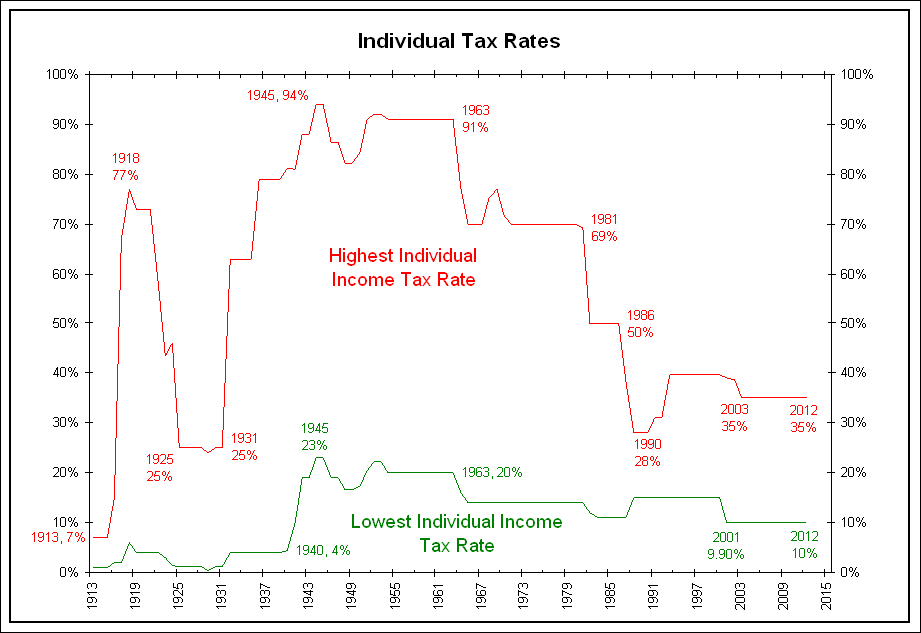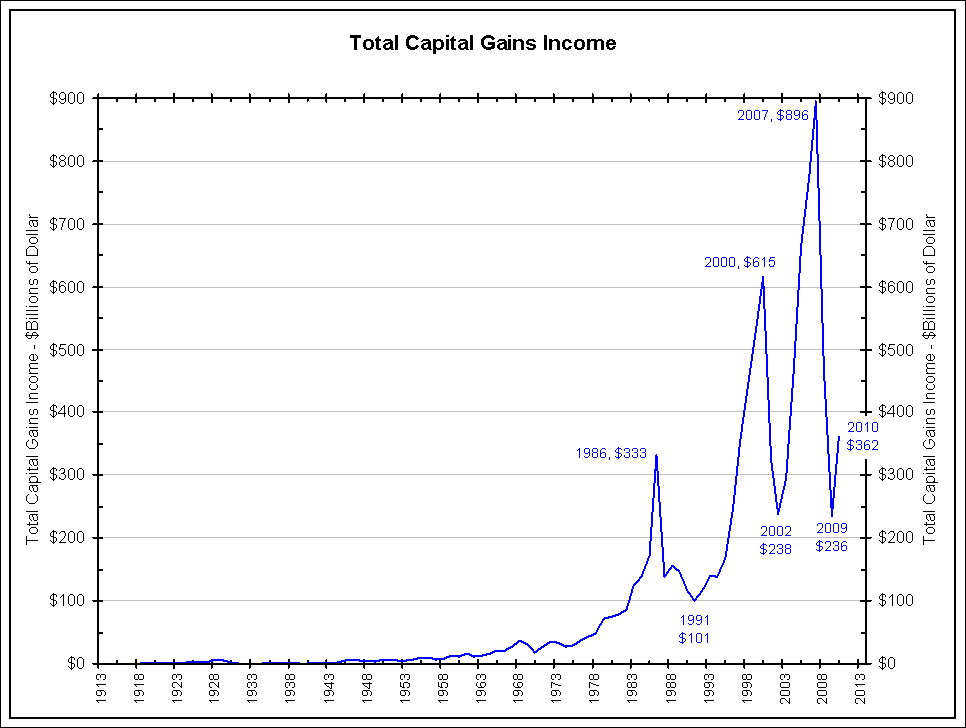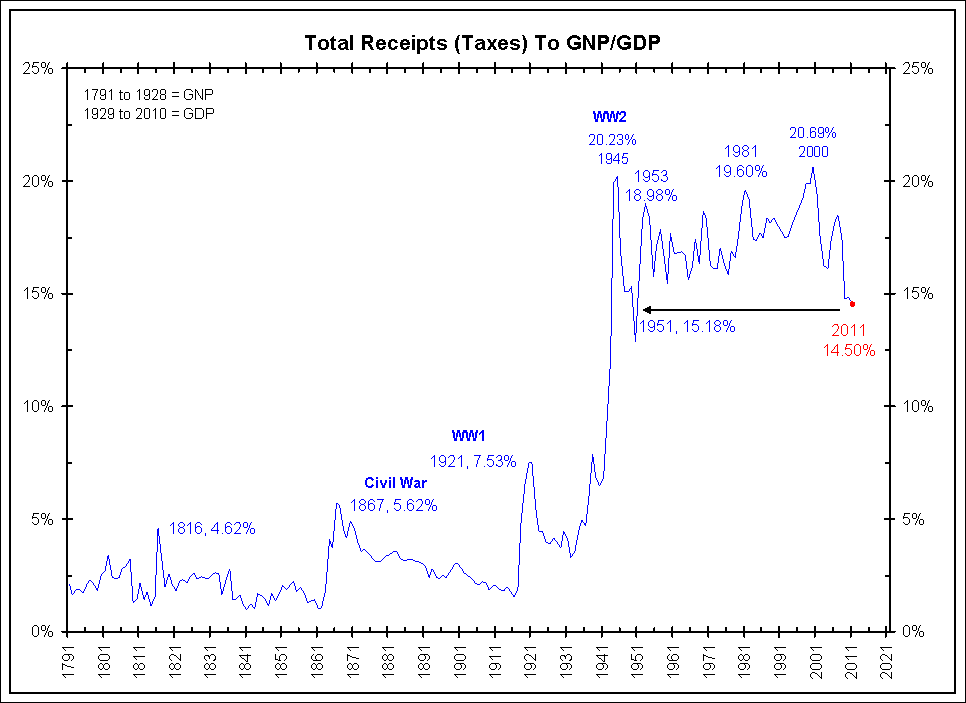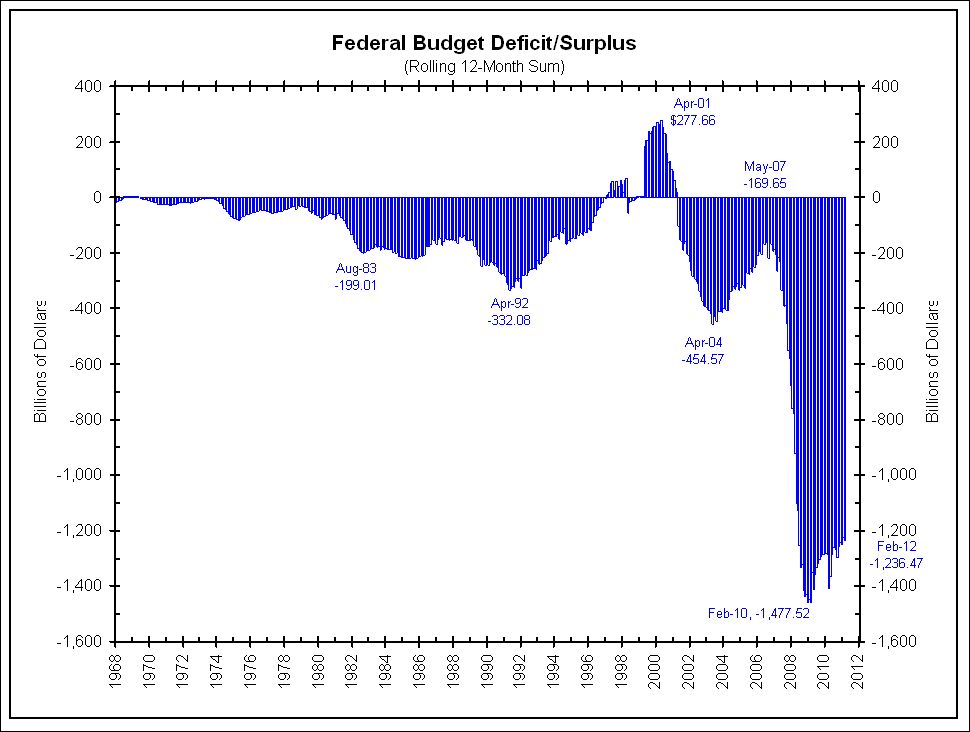Click to enlarge:
The Wall Street Journal – GOP’s Budget Targets Taxes
House Republicans, searching for an election-year message amid a muddled political and economic landscape, will introduce a 2013 budget Tuesday that cuts tax rates and provides for just two individual brackets of 10% and 25%. The budget would end the Alternative Minimum Tax, which originally was aimed at the wealthy but ensnares a growing number of middle-class taxpayers each year. The plan would nearly eliminate U.S. taxes on American corporations’ earnings from overseas operations…The plan doesn’t specify the income levels that would fall into the two brackets, so an independent assessment of its impact on the nation’s economy and finances is impossible. GOP leaders say they will keep the government’s tax income from plunging by killing an array of tax breaks. But they didn’t say what those would be, prompting criticism that they were promising low tax rates without saying how they would be paid for.
The Wall Street Journal – Incoming: A History of the U.S. Income Tax
President Lincoln enacted the first income tax to help fund the Civil War. The rates: 3% on incomes between $600 to $10,000, and 5% on incomes above $10,000. That factoid comes from a handy infographic produced by tax-preparation software company TurboTax on the history of the U.S. income tax. Among the other interesting tidbits in this capsule timeline, which details to top rate every year since 1913: LBJ was a tax cutter (he lowered the top rate to 77% from the infamous 91%). For the full timeline, click here.
Bloomberg.com – Tax the Rich More, but Make the System Better, Not Worse
In this age of austerity, many governments are looking for ways to fill gaps in their budgets by taxing the rich more. These proposals make for great politics, but terrible economics. This week, the U.K.’s coalition government will produce its budget for the next year. Among proposals being discussed between the coalition partners is a so-called mansion tax — an annual 1 percent levy on homes worth more than 2 million pounds ($3.2 million). In Russia, meanwhile, President-elect Vladimir Putin has put forward a luxury tax to be levied on purchasers of high- end cars and real estate. In France, the Socialist Party’s presidential candidate, Francois Hollande, is proposing a 75 percent tax rate on earnings above 1 million euros ($1.3 million). His conservative opponent, President Nicolas Sarkozy, has parried with proposals to tax the worldwide revenue of large French corporations and to collect taxes from fiscal exiles. Hollande’s plan may in turn have been inspired by the debate in the U.S., where President Barack Obama has proposed a surtax on Americans with incomes of more than $1 million. The plan is known as the Buffett Rule, after Warren Buffett, who argued for higher taxes on billionaires like himself. Buffett should surely not pay a lower tax rate than his employees. But few of these proposals would make a dent in the budget deficits facing the countries involved. Buffett’s own effective tax rate is lowered by the large proportion of his income that comes from dividends and capital gains, which incur lower tax rates than regular earnings. It isn’t clear a surtax on the rich would change that.
Comment
˜˜˜
The massive drop in capital gains shown above confirms the cause of the recent drop in tax receipts shown in the chart below. Currently, tax receipts as a percentage of GDP are at a 50-year low.
The drop in total receipts is not a factor of the public being “under-taxed” as the Democrats/President argue. As the first chart of this post illustrates, tax rates have not changed in almost 10 years. Falling revenues are a function of capital gains’ disappearance.
To underscore the importance of capital gains, see the following chart. It shows the relationship between capital gains and the deficit both before and after the 1986 tax act. Since 1986, capital gains have had a strong relationship with the deficit.
How does Washington close the massive budget deficit? Don’t raise tax rates, help create capital gains!
Source: Bianco Research








What's been said:
Discussions found on the web: